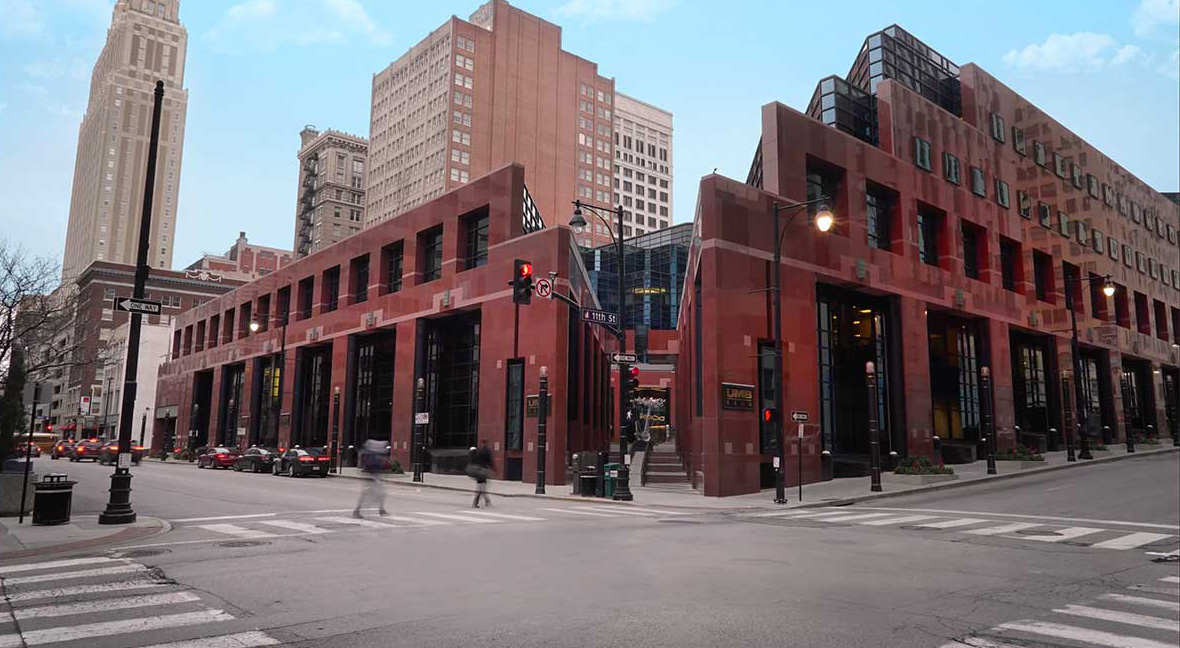Commercial real estate (CRE) has been through a rollercoaster of changes since the beginning of the pandemic. From companies shifting to remote work and downsizing their office spaces, to projects put on hold due to increases in construction and interest costs, there have been many hurdles to overcome. Now, as we emerge from the pandemic, many are asking: has the industry adapted to the new normal or are things returning to pre-pandemic patterns?
As we head into 2023, Cydney Gurgens, executive vice president, director of commercial real estate at UMB Bank, shares her insights into what the new year may hold for CRE.
Companies are adapting to the new normal
Many of the changes implemented during the pandemic are here to stay as individuals have adapted to new ways of doing things. Remote and hybrid work are a new normal, so there’s no doubt that the office market will be affected in 2023. That change will take time to fully emerge as companies and their associates work to understand the right work environment to foster growth and culture. Companies will still need some amount of office space and will want to provide high quality space and amenities to their associates to make the most of their time in the office.
Retailers will work to find balance with e-commerce boom and in-store shopping
Covid-19 accelerated the e-commerce trend that was already emerging. Many retailers will need to reimagine how they utilize their space to balance the in-store shopping experience with their e-commerce platform. Covid and resulting supply chain issues have also highlighted the need to shift from “just in time” inventory management to having more “safety” stock available and in the right locations for delivery to stores and directly to clients. These shifts will likely cause tenant demand to remain strong for industrial space for at least the next 2-3 years.
Multifamily and industrial sectors will remain lenders’ preferred property type
We believe demand will remain strong for multifamily and industrial and that those sectors will remain lenders’ preferred property type. However, rising interest rates and caprates will impact the leverage that projects can support. That lower leverage combined with higher interest rates and higher construction costs may cause some developers to pause as investment returns will be decreased. In many markets, multifamily rental rates have increased to a level that still supports projects despite these challenges.
We continue to see the need for residential development with rental housing, in most cases, being the most cost-effective option for many individuals and families.
We’re also seeing increased interest in single family rental developments to capture the portion of the market that needs or wants additional space for a family but cannot or choose not to purchase a home. Given increasing mortgage rates and other high costs of homeownership, this trend is expected to continue in many markets. Increased borrowing and construction costs are also a challenge in this sector, but demand is allowing for rent increases to largely offset those costs.
Banks will likely focus on lending to existing clients
The potential for recession is causing banks to largely focus on taking care of existing clients whom they know well and have experience navigating a downturn with. At UMB, we are committed to lending through all economic cycles and are looking at other banks’ pull back as an opportunity to start discussions with new clients as well as strengthen our relationship with existing clients. We see significant opportunity for experienced and financially strong developers and investors to continue to thrive even through the coming recession.
With a potential recession on the horizon, 2023 will be another year of change for the CRE industry. Developers and lenders alike must be proactive and adaptable to weather the challenges along the way.
If you are interested in learning more about how UMB can help your business as a financial partner, visit our website.





